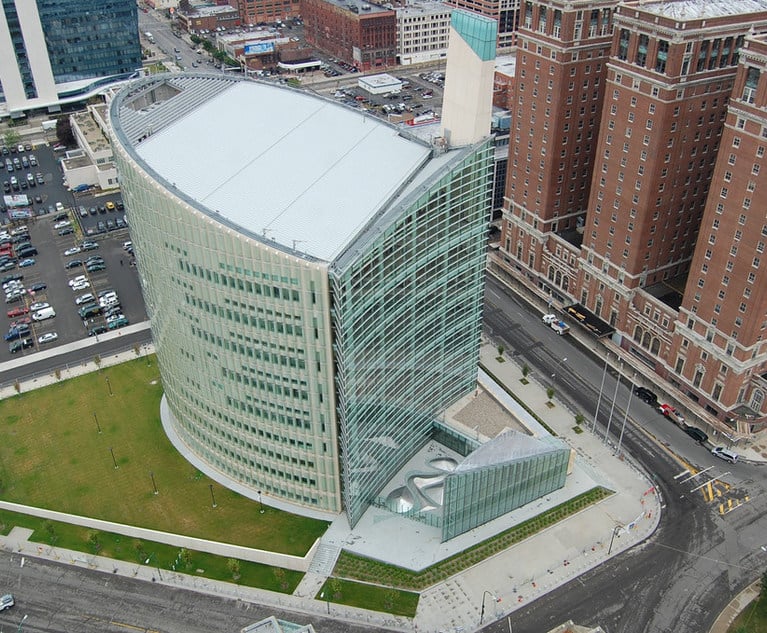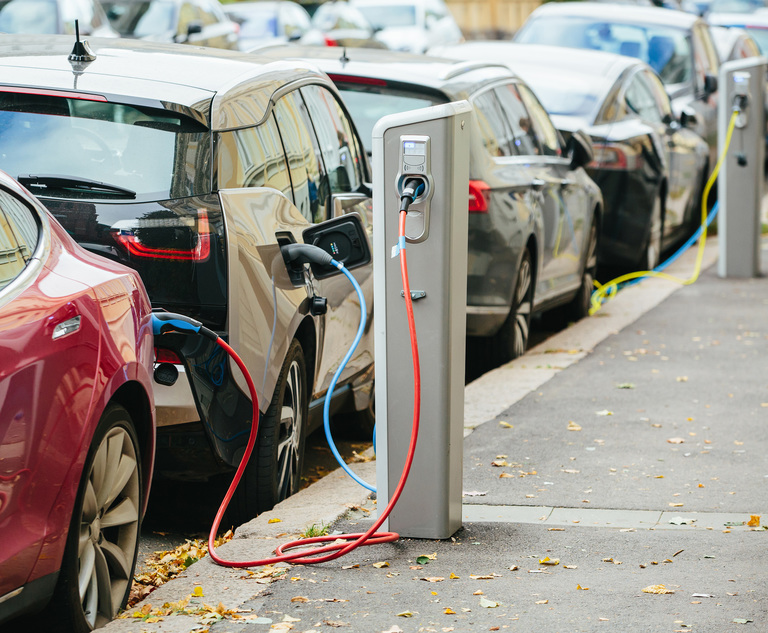New York state recently enacted the Climate Leadership and Community Protection Act, a sweeping new law to curtail greenhouse gas emissions from virtually all sources over the next 20 to 30 years. To meet these ambitious targets, New Yorkers will have to change virtually every aspect of how they live. Unlike a similarly ambitious New York City law enacted in April that targets emissions from large buildings, however, the Act contains no specific regulatory roadmap and instead leaves the details to be developed over the next three years with the state Department of Environmental Conservation (DEC) and the Public Service Commission (PSC) taking leading roles. This lack of detail perhaps explains the relative calm that followed the Act’s passage. As New York takes up the hard work of developing a regulatory path forward, it will need to tread carefully to withstand the public and legal scrutiny that lies ahead. We have identified three significant challenges that the state will face as well as possible solutions.
Framework: The Climate Leadership and Community Protection Act. The Act sets limits on emissions of carbon dioxide and its equivalents from all sources at 60% of 1990 levels by 2030 and 15% of 1990 levels by 2050. The remaining emissions are to be offset through reforestation and other carbon capture means. Beyond that, the Act divides emissions sources into two major categories: electric generation and everything else, including buildings, transportation and industry. As to electric generation, by June 30, 2021 the PSC must issue an order requiring electric utilities like Con Edison to secure 70% of their electric supply from renewable sources (excluding nuclear) by 2030 and 100% from “zero emission” sources (including nuclear) by 2040.


 Christopher Rizzo and Karen Meara, Carter Ledyard & Millburn.
Christopher Rizzo and Karen Meara, Carter Ledyard & Millburn.




